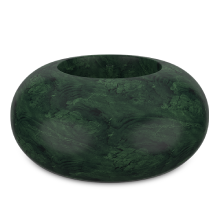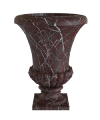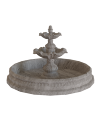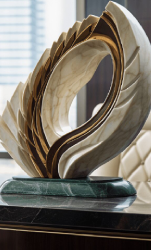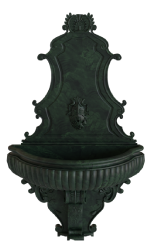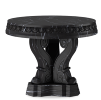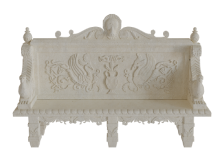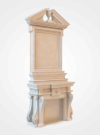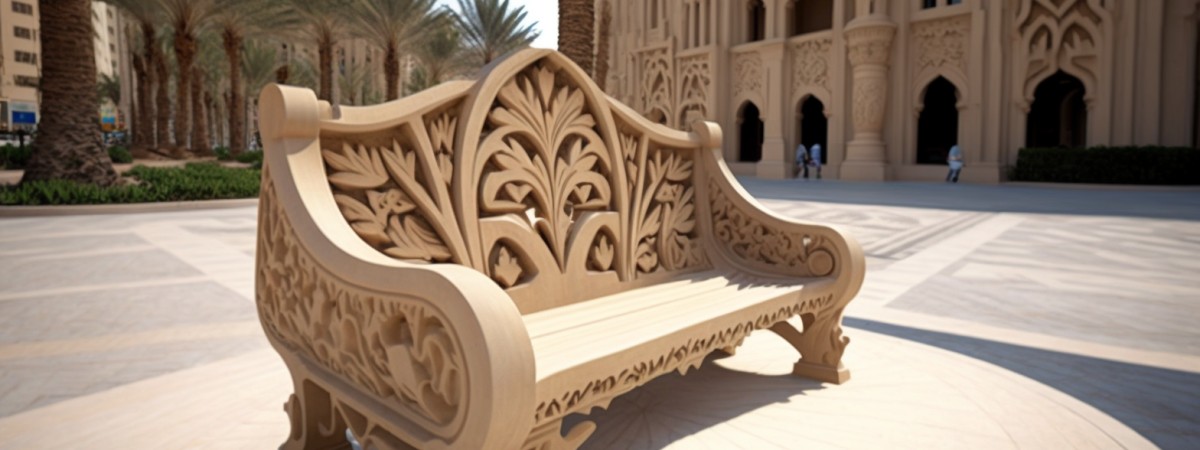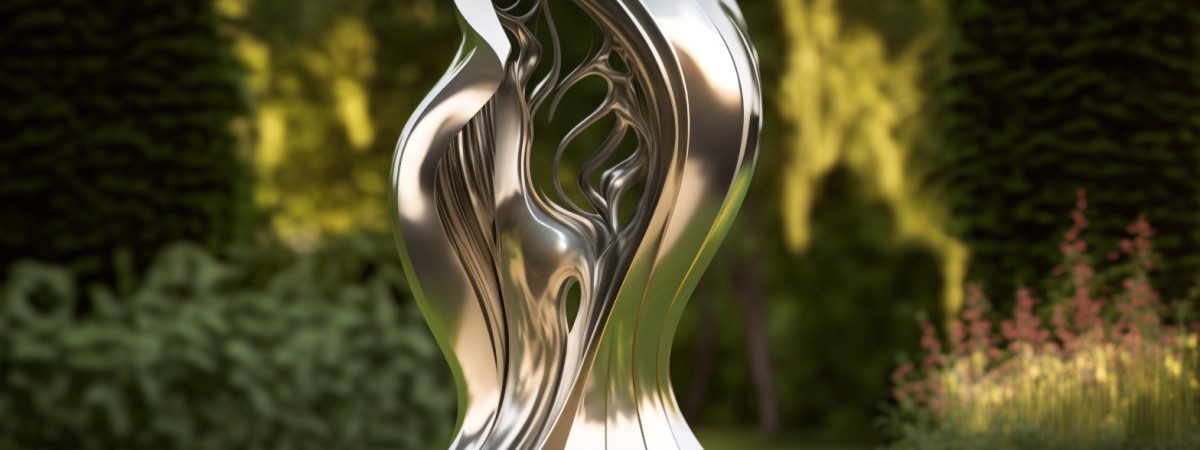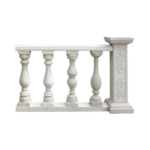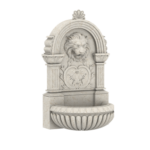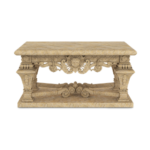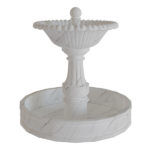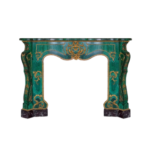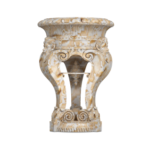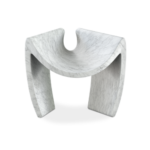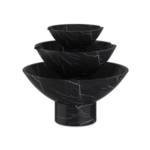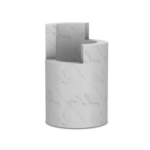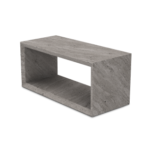January 1, 2024 Author: John Samuel
Hardscaping in Desert Climates: Techniques for Designing Durable Outdoor Spaces
Hardscaping in desert regions can be difficult, but with the correct techniques and materials, you can create beautiful and practical outdoor spaces that can resist the harsh climate. Installing a new patio, water feature, or shade structure requires several important considerations.

Desert hardscaping starts with heat-resistant and durable materials. Natural stone or concrete pavers are good choices since they can tolerate high temperatures and UV radiation. These materials are slip-resistant and can be customised in a variety of designs and colours to decorate your outdoor space.

Shade structures are another crucial aspect of desert hardscaping. Pergolas, trellises, and umbrellas are examples. These buildings shade your outdoor space and lower its temperature, making it more enjoyable.
Cacti, succulents, and other desert-friendly plants can provide shade and visual interest.

Water fountains are another common hardscaping component for arid environments. Choose water features that can endure high temperatures and low humidity. A fountain or pond can enhance your outdoor space, but it needs regular upkeep to keep the water clean. A swimming pool or spa can also provide a cool respite from the heat.



Consider your outdoor space’s layout while building desert hardscaping features. This encompasses trees, bushes, and other plants as well as the placement of hardscaping features. Trees and shrubs can give your outdoor space shade and privacy. Plants can also
shield your hardscaping features from the wind and sun.

Sustainable design is essential to desert hardscaping. This involves employing local resources, drought-tolerant flora, rainfall gathering, and greywater recycling. Sustainable design will help you create a beautiful and useful outdoor space while reducing water use and environmental effects.

Desert hardscaping has several alternatives beyond the ones listed above. Gravel or pebbles can create a natural, low-maintenance landscaping feature. Large rocks can also be used as retaining walls and decorative elements.

In conclusion, hardscaping in desert regions might be difficult, but with the correct techniques and materials, it is possible to create beautiful and practical outdoor spaces that can resist the harsh climate. By using heat-resistant materials, shade structures, and ecological features, you can create a beautiful, desert-friendly outdoor setting.
Contact Marblising to discuss your next project!





